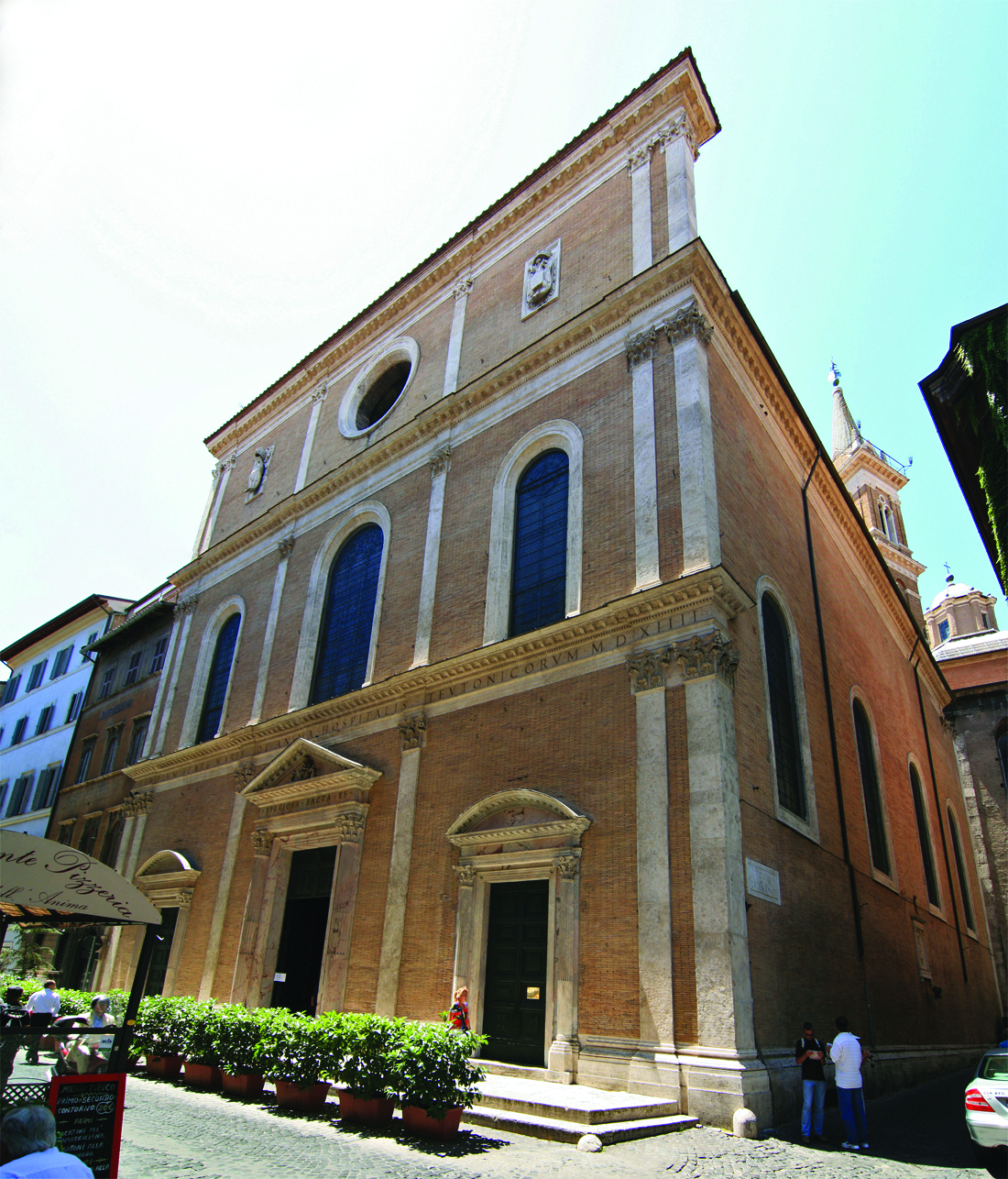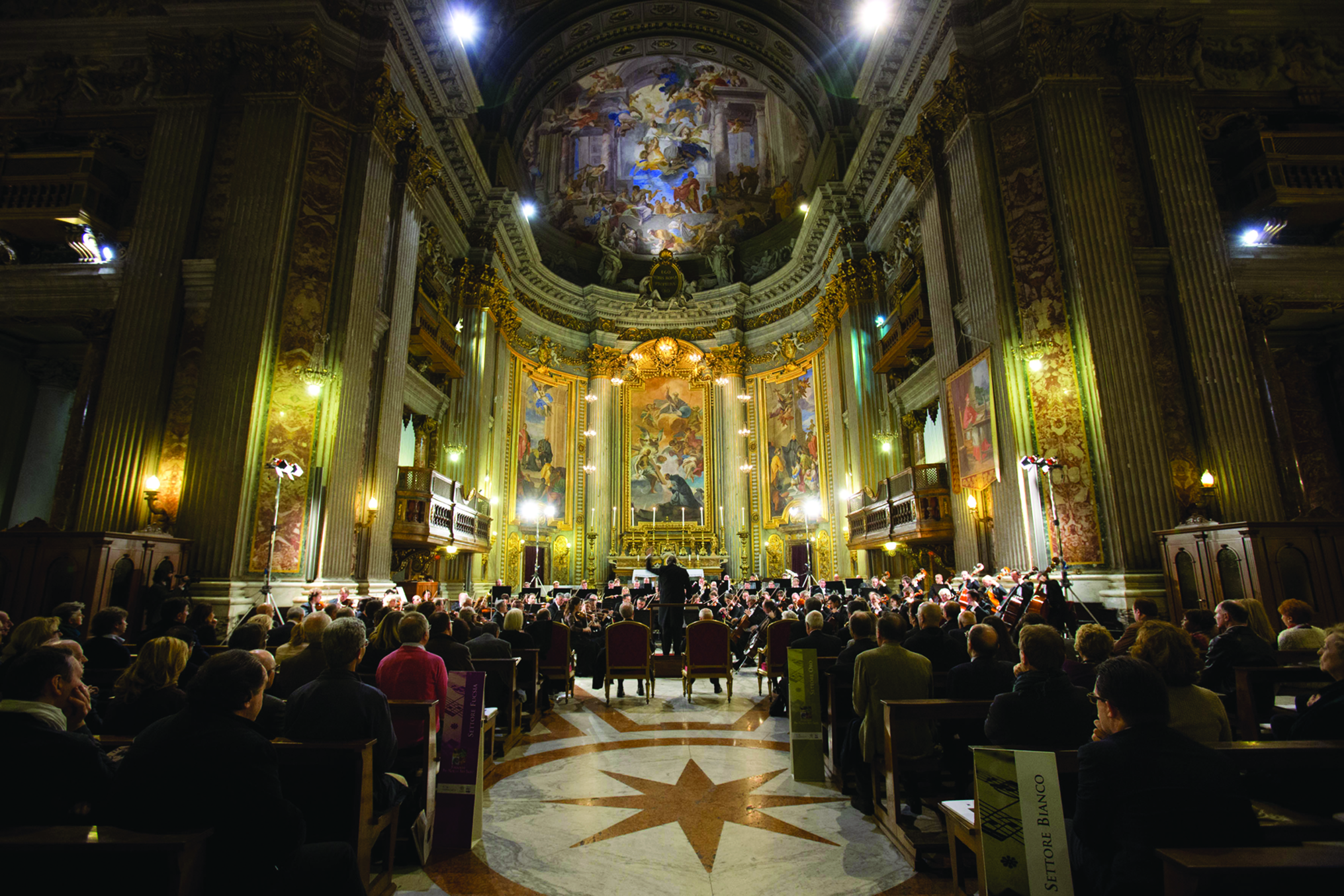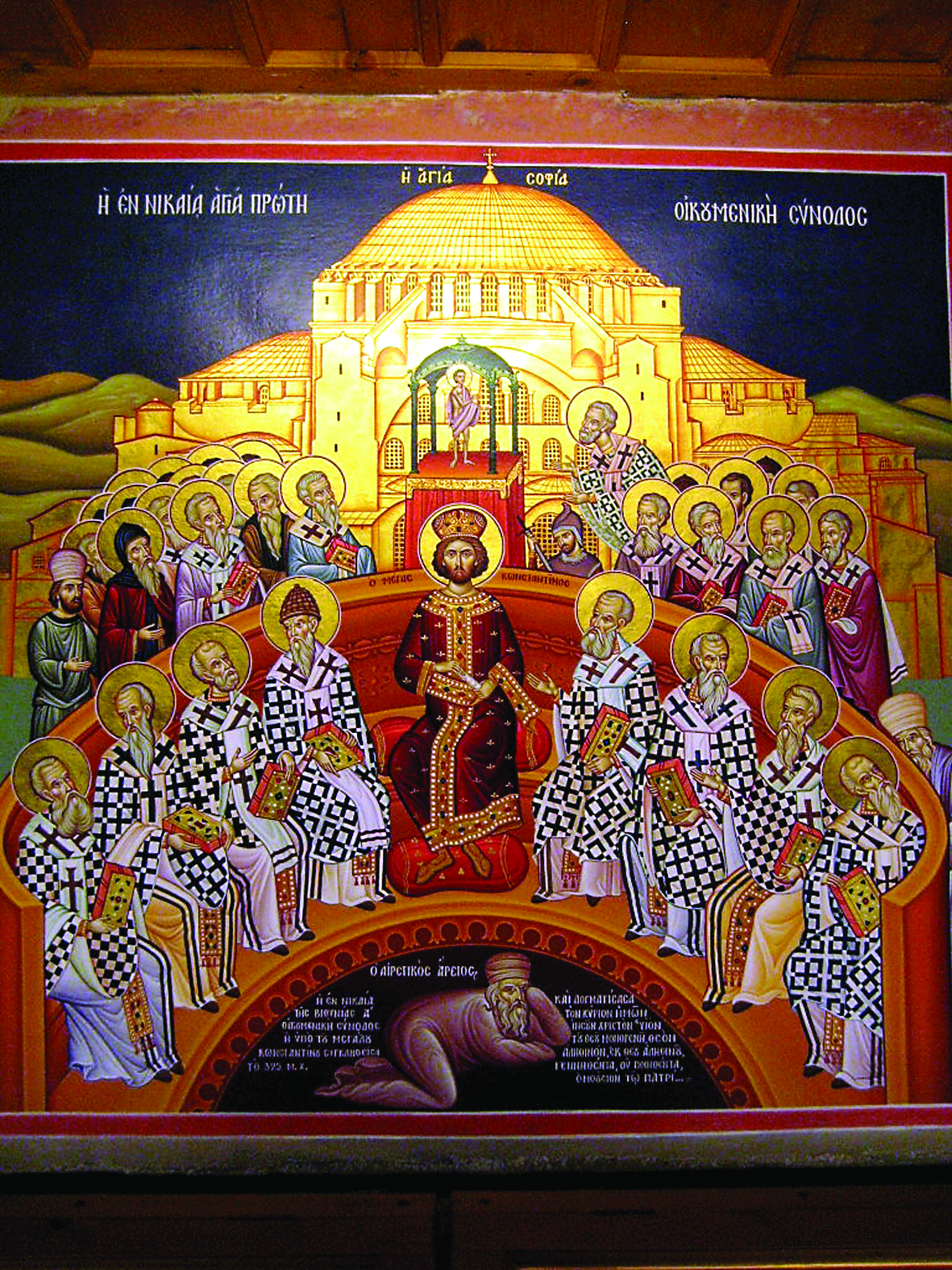Additional Restaurants In or Near Monuments: Part One
Last November my “Food for Thought” concerned “Hostaria Nerone: A Family-Run Oasis Above the Colosseum” whose owners come from a small town in Abruzzo. This month’s and others to follow will review restaurants in or near the Eternal City’s monuments.
The world’s first recorded gourmets, alias buone forchette (literally, “good forks”), the Romans owe their obsession with food, at least in part, to fellow-citizen Marcus Gabius. Better-known as Apicius, he was a wealthy, decadent epicure who in the first century AD wrote De Re Coquinaria (Concerning Culinary Matters), the world’s first cookbook. He specialized in spicy sauces and cakes and held extravagant feasts for his friends (in particular the Emperor Tiberius’ son) at his seaside villa at Minturnae between Naples and Rome. Alas, when he had blown most of his fortune, Apicius poisoned himself, afraid to die of hunger.
After Apicius’ suicide, De Coquinaria was copied and recopied. The two oldest surviving manuscripts are in the Vatican Library and the New York Academy of Medicine. For a taste of Apicius’ cuisine in your own kitchen, consult Barbara Gozzini Giocosa’s A Taste of Ancient Rome (University of Chicago, 1992).
At mealtimes today, the labyrinthine streets of Rome, usually bumper-to-bumper with honking cars and fist-shaking drivers, are relatively traffic-free. The reason is simple: leisurely dining has long been the favorite entertainment of the romani. Thus no authentic romano di Roma — criteria: Roman born-and-bred for seven generations on both sides of the family — would be surprised by TripAdvisor’s latest trattoria census: with more than 9,200 reviewed. So “when in Rome,” take the advice of this Roman and enjoy the best choice of first-rate local dishes amid the impressive red-brick-and-marble-faced ruins of “the grandeur that was Rome.”
Besides the two restaurants reviewed below, although their cuisines aren’t typically Roman, also special are the rooftop restaurants at the Hotel Atlantic Star, an arm’s length from Castel Sant’ Angelo and St. Peter’s, and at the Hotel Forum with its unique breathtaking view of the Colosseum, Forum, and Palatine Hill.
Hostaria Antica Roma Running

Today’s owner, Paolo Magnanimini, has specialties that include gnocchi with clam sauce, tagliolini with grated white truffle, pennette with spicy lobster sauce, a tasting menu of traditional Roman specialties, and an ancient Roman menu based on Apicius’ recipes.
www.anticaroma.it
Open daily from 19:30-22:30 PM.
Reservations recommended.
Checchino Dal 1887

Chef Elio Mariani, also a certified sommelier like his brother Francesco, specializes in dishes using the quinto quarto, offal, tripe, intestines, tongue, and oxtail — originally discarded by the now-closed slaughterhouse across the street. In fact, coda alla vaccinara (braised oxtail with tomato and celery), now a classic of modern cucina romana, was invented here. Although they’re typically Roman fare, not everyone likes the idea of eating innards, but, if you want to dine authentically, this should be your first stop.
Abbacchio alla cacciatore (lamb stewed hunter-style with anchovies, garlic, vinegar, and olive oil) is served on the hand-painted piatto del buon ricordo: a souvenir plate that’s yours to take home. Before leaving, ask Francesco for a tour of his natural cantina (wine cellar) — which in the 1700s belonged to the Popes. It’s said to be Rome’s best.
www.checchino-dal-1887.com
Closed Sunday evenings and Mondays.
Dinner reservations necessary.






Facebook Comments